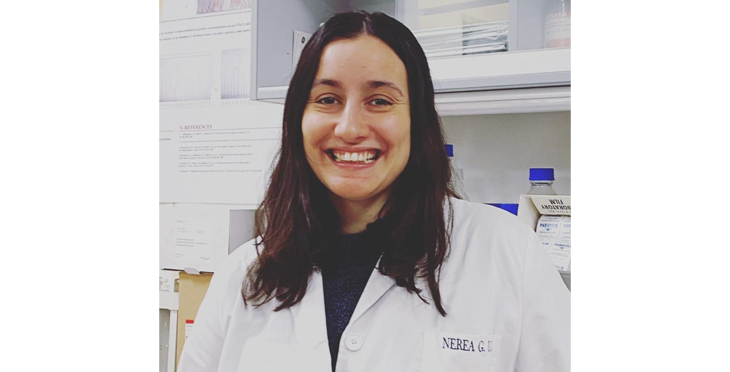Molecular characterization of taxane resistance in head and neck cancer

Nerea Gestoso Uzal
Centro de Investigación del Cáncer (CSIC-Universidad de Salamanca)
Head and neck squamous cell carcinoma (HNSCC) includes epithelial malignancies of the upper aerodigestive tract. The current standard treatment in locally advanced stages is chemo-radiotherapy with taxanes, cisplatin and 5-fluorouracil. However, the emergence of resistance in certain patient subgroups results in early therapeutic failure and poor prognosis, highlighting the urgent need for response biomarkers and effective treatment alternatives. Our research focuses on the characterization of the molecular mechanisms underlying taxane resistance and the identification of novel therapeutic options using cell line models.
For this purpose, we successfully established two taxane-resistant HNSCC cell lines. We identified a significant MDR1 overexpression and a pronounced decrease in MCJ expression in resistant cells. MCJ is a negative regulator of mitochondrial respiration, and the absence of its expression may contribute to drug efflux pumps' enhanced activity, such as MDR1, by allowing the synthesis of large ATP amounts. These two alterations, taken together, could potentially constitute a taxane response biomarker in HNSCC.
Notably, taxane-resistant cells presented an increased sensitivity to the rest of the conventional treatments, including cisplatin, 5-FU and radiation. Furthermore, a novel antimitotic agent seems to be an effective therapeutic alternative as a substitute for taxanes within the combined radio-chemotherapy.
Altogether, our findings provide valuable insights into the molecular biology of taxane-resistant HNSCC, that could help to optimize the diagnosis and the therapeutic strategies for this particular subset of patients.

